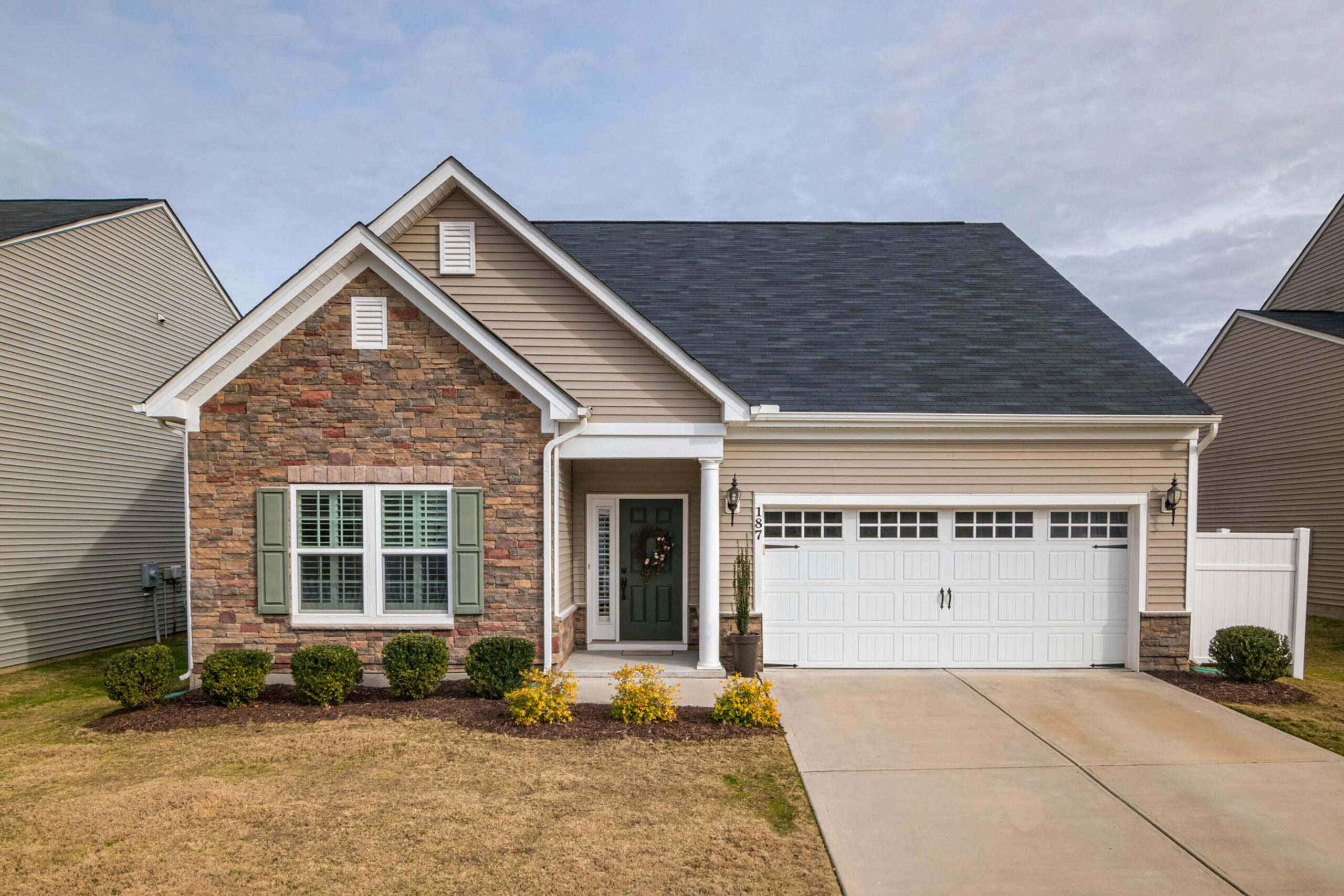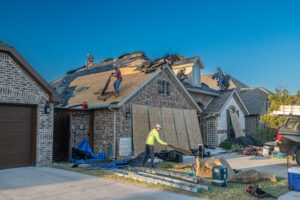
In 2025, the idea of buying virtual land might sound like science fiction to some, but to others, it’s already a serious investment strategy. As the metaverse continues to expand from a tech buzzword to a multi-billion-dollar industry, the world of real estate is being redefined—not just physically, but digitally. From virtual real estate empires in platforms like Decentraland and The Sandbox to major brands staking their claim in immersive online worlds, the question has become more urgent than ever: Is the metaverse in real estate just hype, or is it a real opportunity?
Understanding Metaverse Real Estate
The metaverse refers to interconnected virtual worlds where users can socialize, work, play, and—importantly—own digital assets. These assets include avatars, clothing, NFTs, and increasingly, real estate. Just like in the physical world, virtual land in the metaverse can be bought, sold, developed, and monetized.
Metaverse platforms such as Decentraland, The Sandbox, and Spatial use blockchain technology to establish ownership through NFTs (non-fungible tokens). This allows users to buy parcels of virtual land that are permanently and transparently recorded on the blockchain. In many cases, these platforms also allow users to build on or lease their virtual properties, generating income or increasing their value over time.
In 2021 and 2022, headlines touted virtual real estate sales topping hundreds of millions of dollars, with celebrities, corporations, and crypto investors jumping into the mix. As the initial hype cooled in subsequent years, a more nuanced perspective has emerged—one that weighs long-term utility against short-term speculation.
Why Are People Buying Virtual Real Estate?
-
Scarcity and Ownership
Just like physical real estate, virtual land in the metaverse is limited. Platforms often cap the total number of land parcels available, creating artificial scarcity. This perceived scarcity drives demand, especially in popular areas or near major digital landmarks like concert venues, virtual malls, or headquarters of major brands.
-
Branding and Presence
For businesses, buying land in the metaverse is less about traditional investing and more about visibility. Brands like Adidas, Gucci, and JPMorgan have launched virtual experiences to reach younger, tech-savvy audiences. In the metaverse, companies can host immersive events, virtual stores, and interactive experiences, offering a new form of marketing and customer engagement.
-
Income Generation
Just like renting out an apartment in the real world, virtual landowners can lease their properties to other users. Digital event spaces, art galleries, game environments, and storefronts are becoming increasingly common. In some cases, users charge admission fees or generate revenue through digital advertising and e-commerce.
-
Early Mover Advantage
Investors believe that getting in early on metaverse real estate could be akin to buying Manhattan in the 1700s—an opportunity to acquire valuable assets before prices skyrocket. While speculative, this narrative has drawn attention from venture capitalists and real estate entrepreneurs alike.
Metaverse Use Cases in Real Estate
While much of the attention is on virtual land, the metaverse also intersects with real-world real estate in compelling ways:
Virtual Property Tours
Real estate agents and developers now use metaverse platforms to offer immersive, 3D walkthroughs of properties. Instead of static photos or videos, potential buyers can explore digital twins of homes or commercial buildings at their own pace, from anywhere in the world.
Digital Twins of Cities
Some cities and developers are creating digital replicas of entire urban spaces within the metaverse to simulate traffic patterns, infrastructure planning, and urban development. These digital twins can also help attract international investors by giving them a tangible sense of location and potential.
Tokenization of Physical Assets
Blockchain-powered platforms are beginning to tokenize real-world properties, allowing investors to buy shares of physical buildings. These assets can then be represented in the metaverse, where they are displayed, traded, or marketed, bridging the gap between digital and physical.
The Risks and Skepticism
-
Volatility and Speculation
Much of the current value of metaverse land is based on speculation rather than real-world utility. Prices have fluctuated wildly in recent years, and some early investors have seen their holdings lose significant value as hype cooled and user engagement plateaued.
-
Platform Uncertainty
The value of virtual real estate is tied to the success of the platform it’s on. If a metaverse platform loses popularity or goes offline, the virtual land within it may become worthless. Unlike physical land, digital parcels depend entirely on the ongoing health of the digital ecosystem.
-
Technological Barriers
Despite rapid advances, the metaverse is still developing. User interfaces, hardware requirements (like VR headsets), and connectivity issues can limit mainstream adoption. Until metaverse experiences become seamless and accessible, their impact on the average buyer remains limited.
-
Legal and Regulatory Grey Areas
Ownership in the metaverse is defined by code, not legal contracts. Questions about digital property rights, jurisdiction, taxation, and intellectual property are still largely unanswered, making long-term investment riskier than in traditional real estate.
Who’s Investing—and Why It Matters
Despite the uncertainty, major institutions and forward-thinking real estate firms continue to experiment with metaverse projects. Sotheby’s has opened a digital auction house. Real estate developers are launching virtual versions of luxury condos. Educational institutions are buying metaverse land for digital campuses. Even some governments are testing virtual embassies and public services.
This institutional involvement signals that while parts of the metaverse may be overhyped, the underlying concept has staying power. The convergence of VR, AR, blockchain, and social platforms is building a new digital economy—and real estate is an early frontier.
So, Is It Hype or a Real Opportunity?
The answer is: it depends on how you define opportunity.
If you’re looking for quick returns based on speculation, the metaverse real estate market may already be past its initial hype phase. Volatility and overvaluation have burned some investors who entered at the peak.
But if you view the metaverse as an emerging ecosystem for branding, community, and innovation, the long-term opportunities are real. Just as the early internet was dismissed as a fad before becoming a global necessity, the metaverse may evolve into a critical layer of our digital lives.
In that future, owning space in a virtual world could be as valuable as owning prime digital real estate on a high-traffic website or social platform. The potential for education, commerce, entertainment, and even remote workspaces is massive—and we’re only scratching the surface.

The metaverse represents a paradigm shift in how we think about property, space, and ownership in the digital age. While there is no shortage of hype, there are also genuine, long-term opportunities for those willing to navigate the uncertainties.
Virtual real estate may never replace traditional property, but as a complement to it, offering new ways to engage, monetize, and interact, it is becoming an essential part of the modern real estate conversation.
For developers, investors, and forward-thinking real estate professionals, the question isn’t just whether the metaverse is real—it’s how to be ready when it becomes the new normal.





